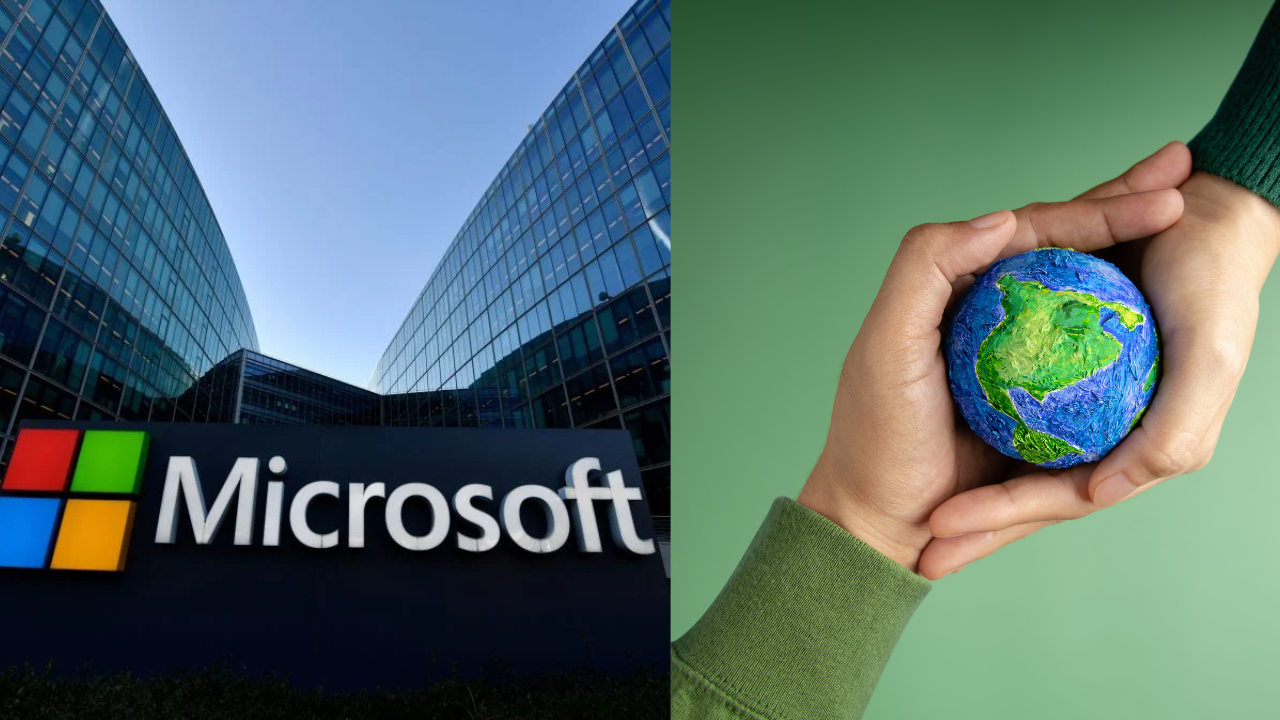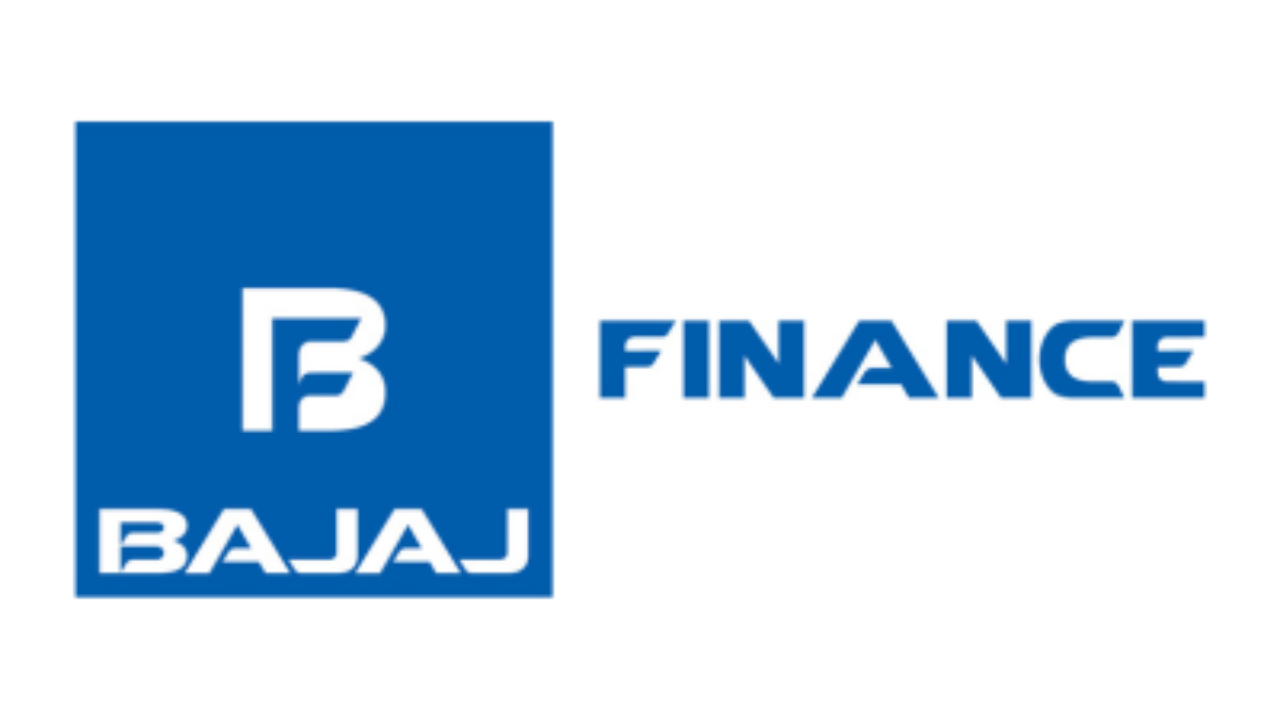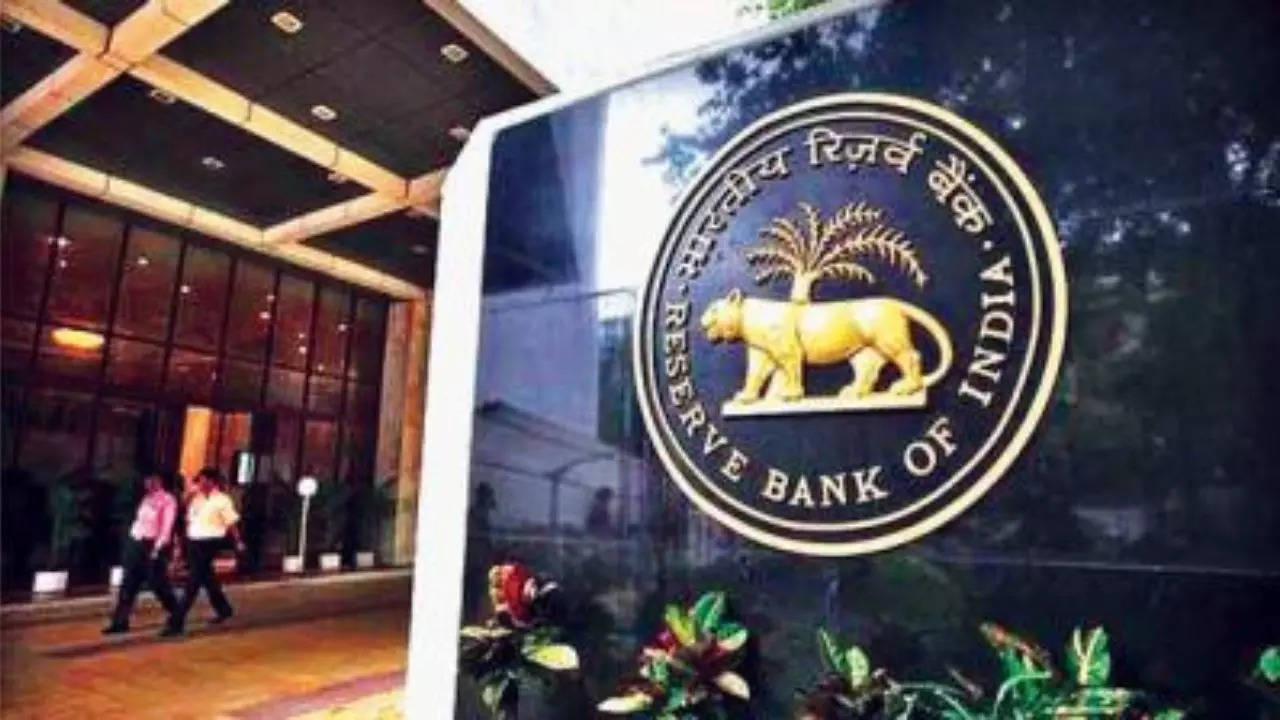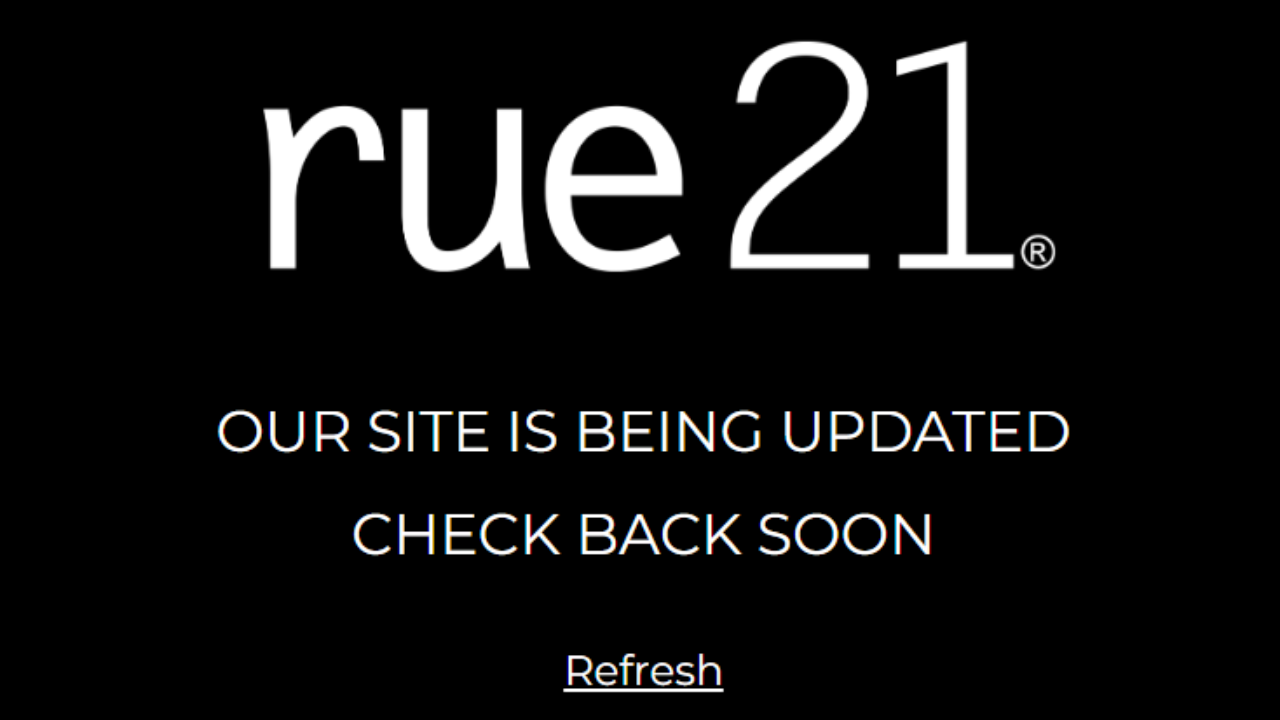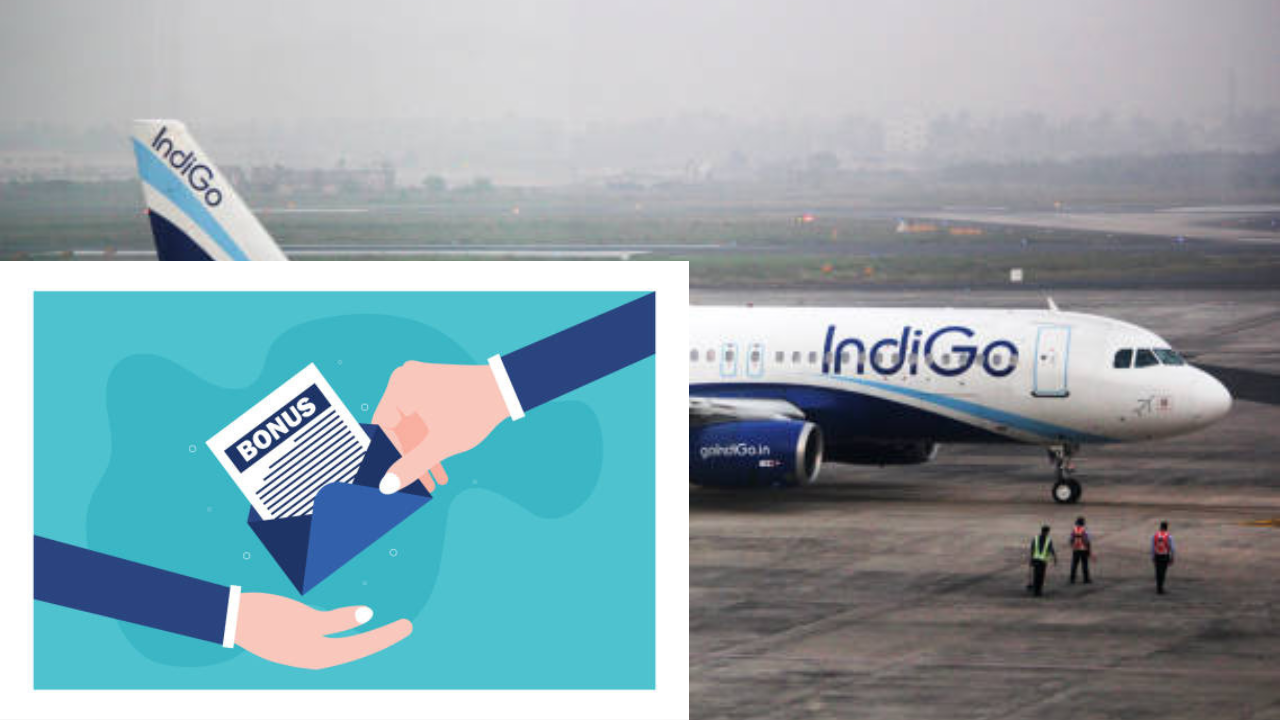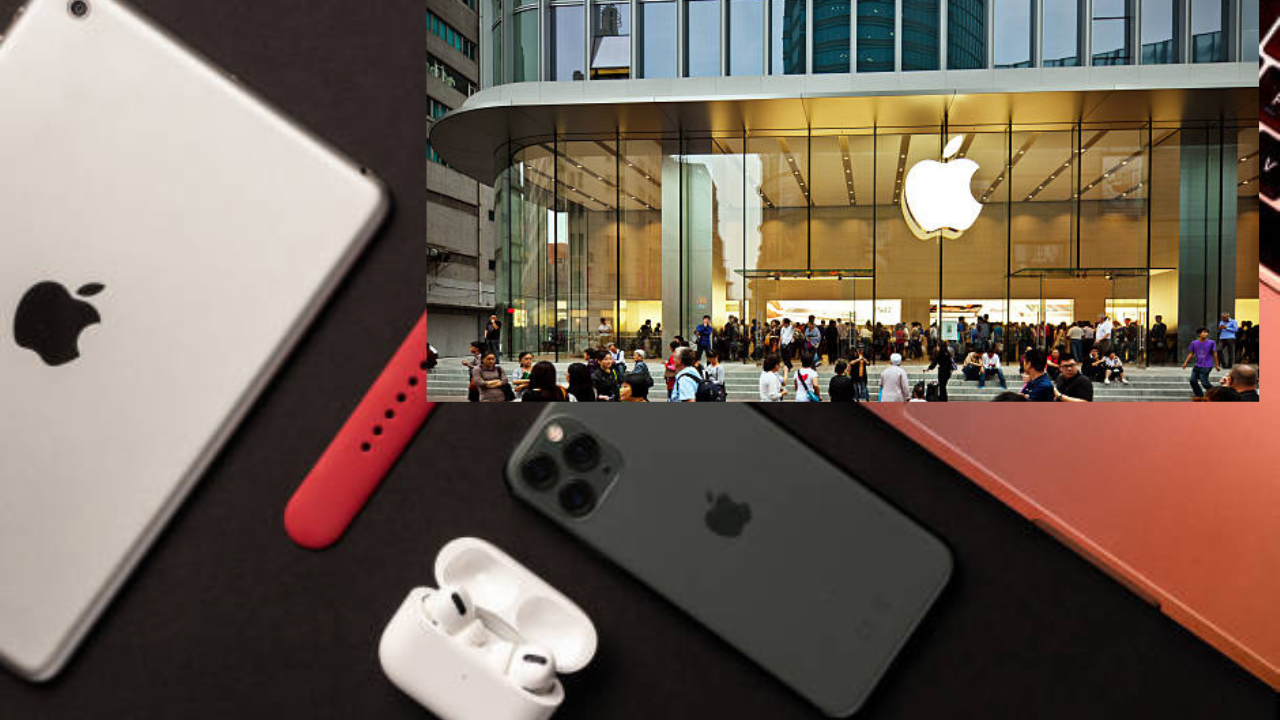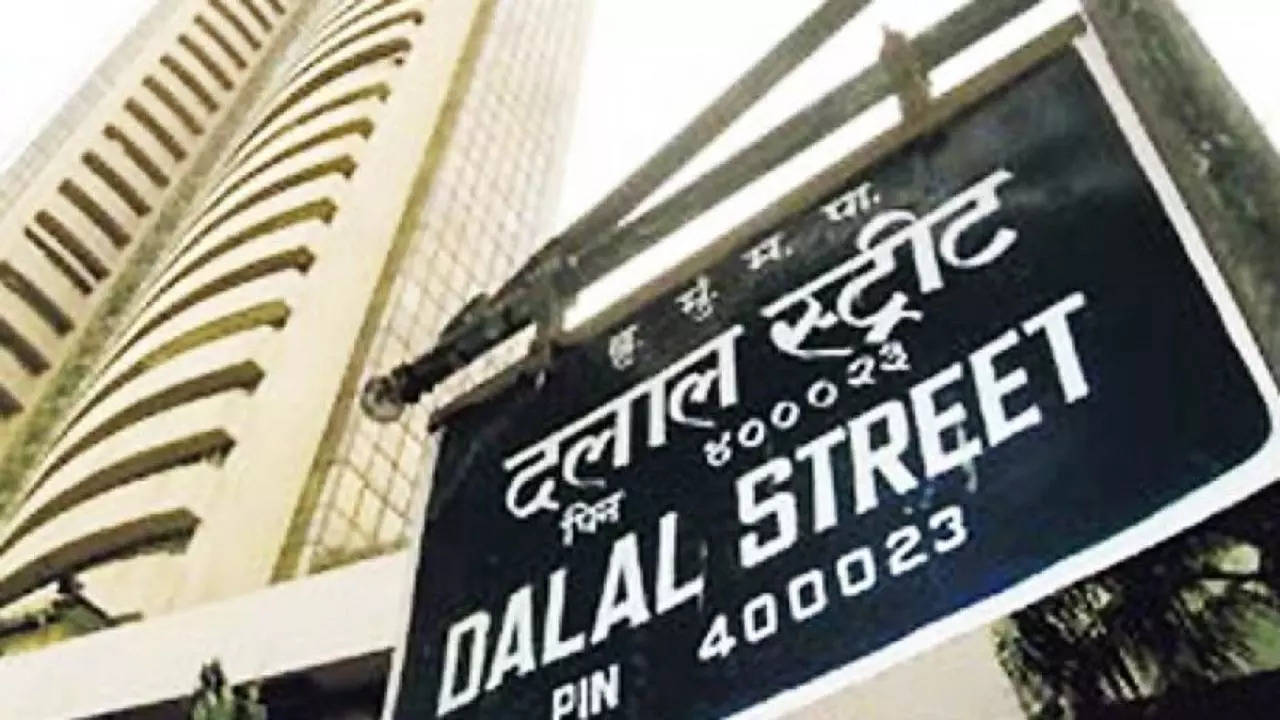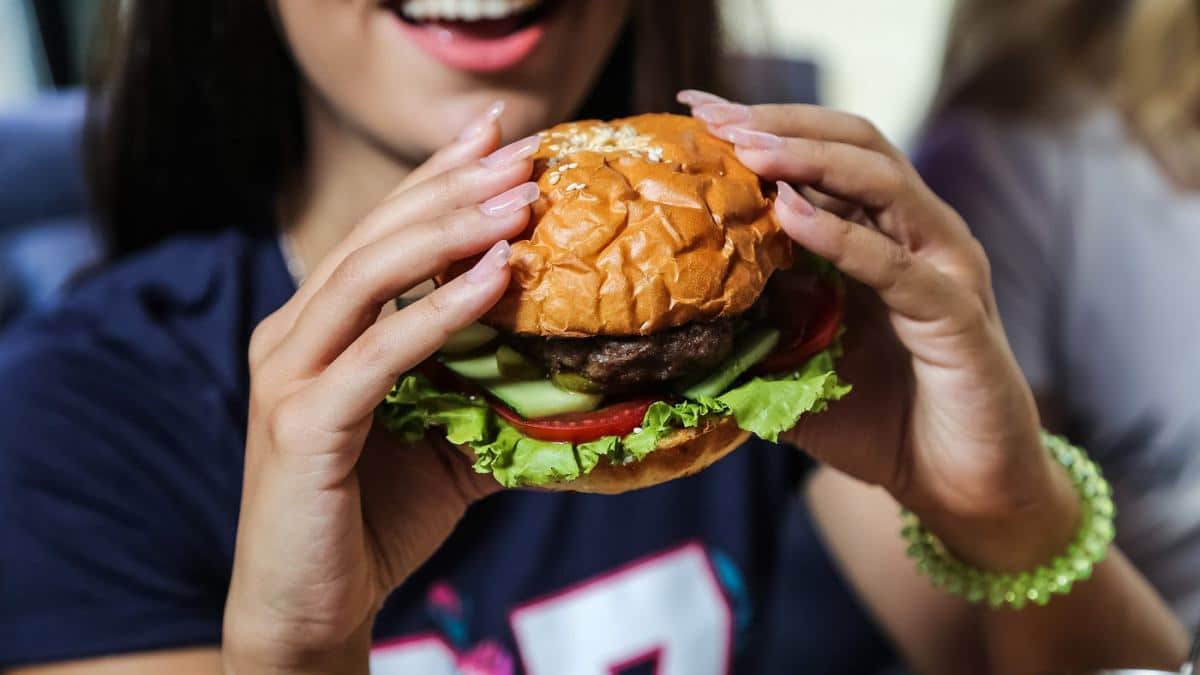
A QSR, or quick service restaurant, is defined by its fast service, casual atmosphere, limited seating, and focused menu. Just as fine-dining, fast-casual, and casual dining have established distinct categories due to their distinguishing characteristics, quick service restaurants have become a phenomena in every town and city throughout the world.
QSRs are frequently the local heroes of a community, where everyone goes for a warm meal. Fast food restaurant chains, which are well-known household names, are also included in this category. We’ll get into the details and explore:
- What are the distinguishing QSR characteristics?
- QSR Trends
- Potential of QSR Real Estate
The Unique QSR Qualities
A quick service restaurant is one that efficiently serves inexpensive dishes that are always prepared in the same way. The meals are designed to be consumed on the move, whether taken away, delivered to the customer, or eaten swiftly in-store with the minimal seating available.
Menus are standardized for speed of service, therefore QSRs often sell cuisine at a cheap cost, approximately $10 per meal, that can be swiftly produced on-site to order. Popular choices include burgers, fish and chips, pizza, burritos, and sandwiches.
QSRs rarely provide table service, if they have any at all, and often employ just people behind the counter. The consumer pays for the food online, via an app, at the counter or kiosk; at a quick service restaurant, you pay before eating.
QSRs are more about eating food away from the restaurant than dining in, whether that means taking it to go or buying online for delivery. Many quick service restaurants will feature tables or benches where customers can consume their meals, although the dining rooms are rarely spacious or overly furnished.
QSR brands
McDonald’s, Subway, KFC, and Burger King are household names and among the world’s highest-grossing quick-service restaurant companies.
Many of the most popular QSRs are small neighbourhood takeout that cater to a specific community, or small chains of fewer than 20 regional restaurants.
Quick-Service Restaurant Trends
The fast food industry is frequently the changemaker in the restaurant market, able to move faster and experiment with new technologies and operating procedures before full-service restaurants. This innovation quickly spreads to the rest of the QSR sector, allowing smaller chains and independent QSRs to employ tried and true technology with less risk.
Many of the most recent advances in restaurant technology are being implemented by QSRs, such as self-ordering kiosks, voice-ordering at drive-thrus, and AI-assisted data analysis. Back-of-house developments, such as AI-assisted inventory management and staff scheduling systems, are already improving operational efficiency and cost-effectiveness.
In the future, robotic cooks will be increasingly popular, and drone delivery is expected to fill our skies with aerial takeout orders.
QSR Real Estate
QSR real estate refers to the prime locations where fast food chains set up shop. It’s not just about finding any available space; it’s about strategically positioning the restaurant to attract maximum foot traffic and drive sales. A well-placed restaurant can significantly impact its success, while a poorly chosen location can spell disaster. That’s why fast food chains invest heavily in scouting the perfect spots for their establishments. They analyze traffic patterns, demographics, and competition to identify the most lucrative locations for their fast food sites.
QSR real estate selection involves many elements. Starting with foot traffic, the more people going by, the more likely you are to attract clients. Accessibility matters too. A fast food restaurant should be accessible by automobile, foot, or public transit. Restaurants near movie theaters, shopping centers, and office complexes can also attract customers.
Finding the perfect real estate may make or break fast food chains. A prime location can boost revenue, while a poor location can hurt it. Thus, these firms invest heavily in high-quality real estate. Bidding wars or long-term leases may obtain their chosen locations.
Conclusion
QSRs are characterized by their fast service, limited seating, and focused menus designed for quick consumption. They offer inexpensive, portable meals. McDonald’s and Subway dominate the QSR industry, although smaller local businesses also matter. QSRs utilize cutting-edge technology such as self-ordering kiosks and AI-powered data processing. QSRs require a visible location to increase foot traffic and sales. They innovate and adapt to meet customer demands.










